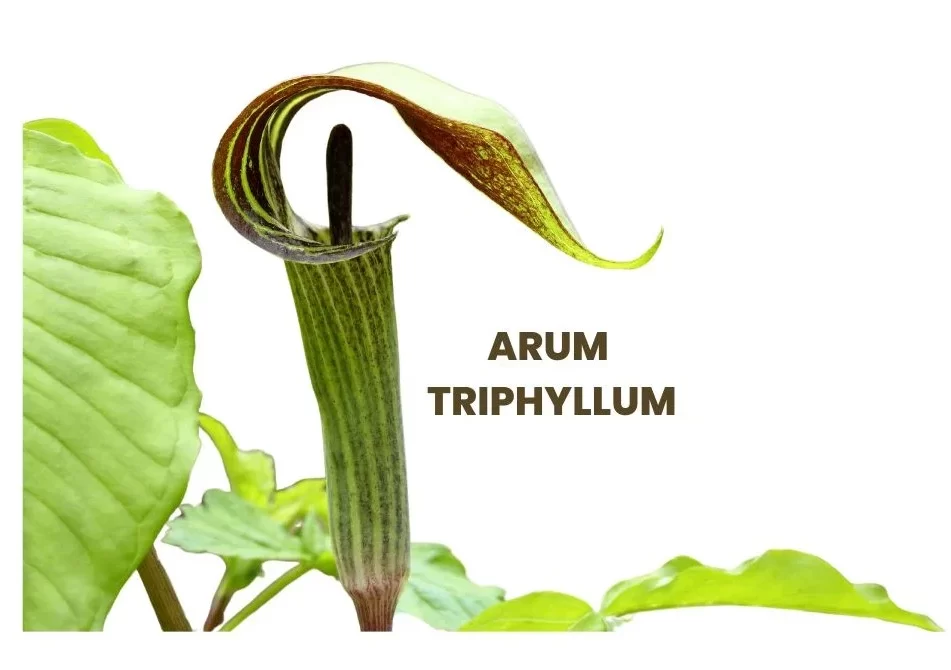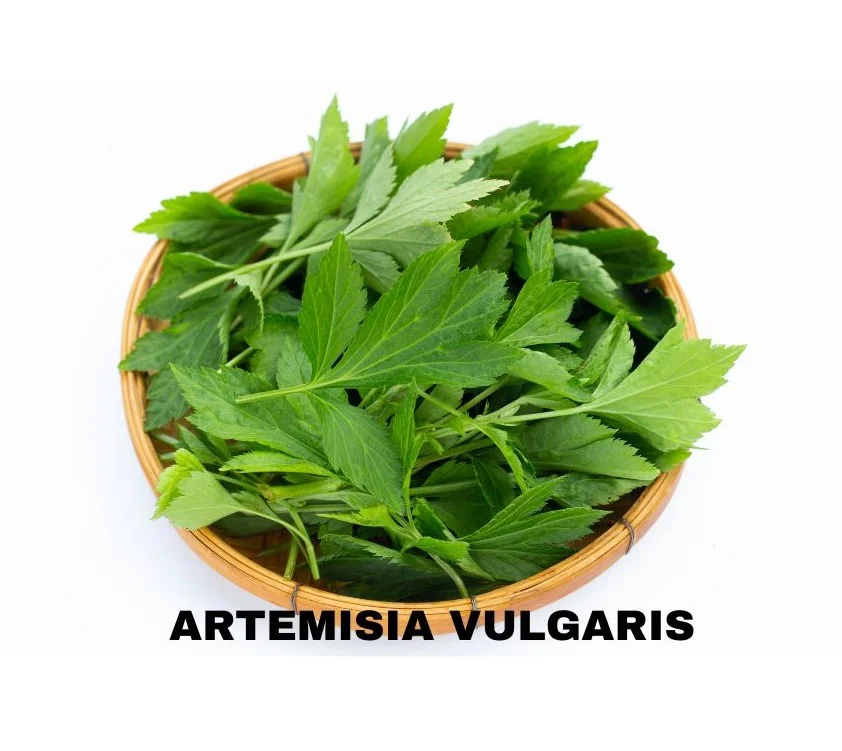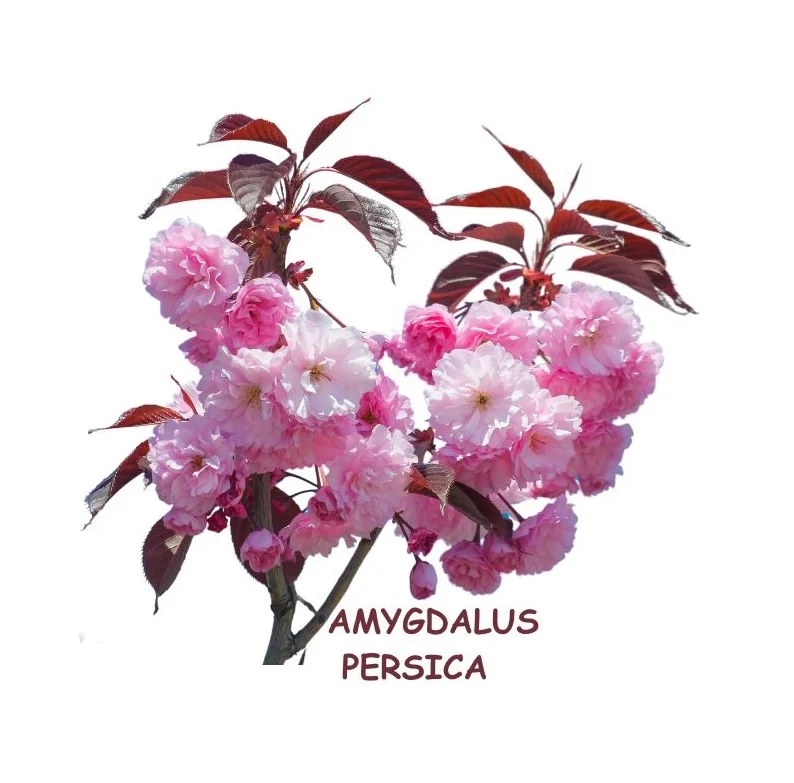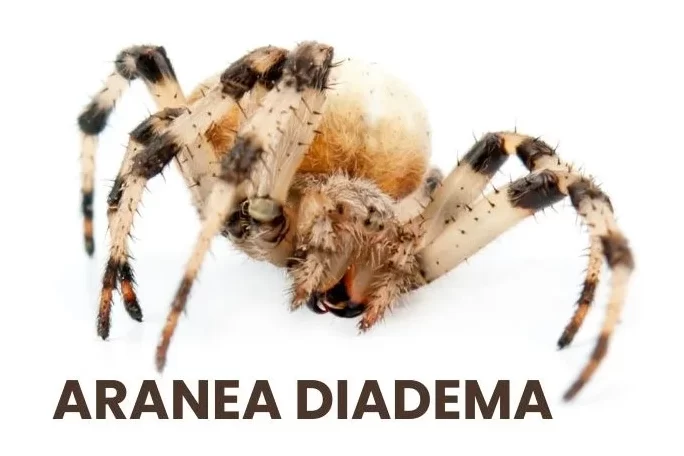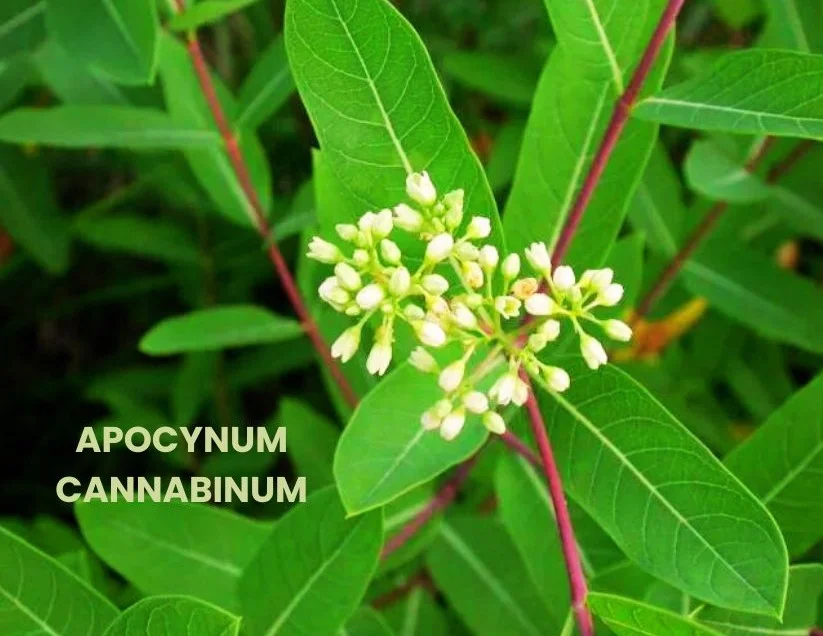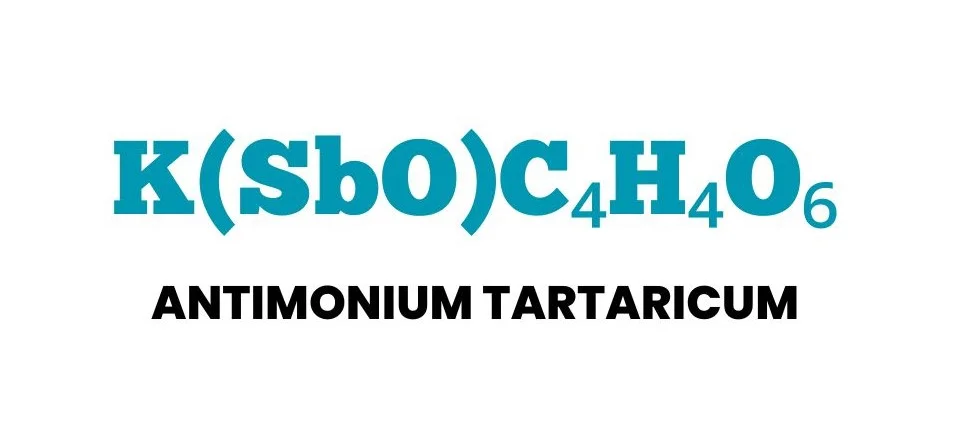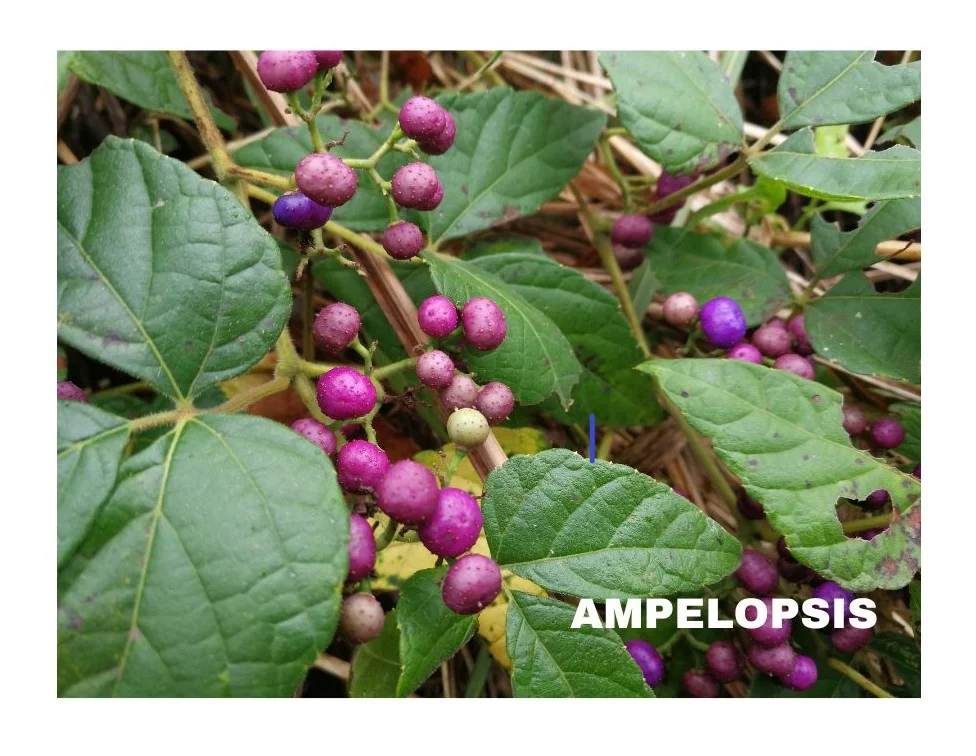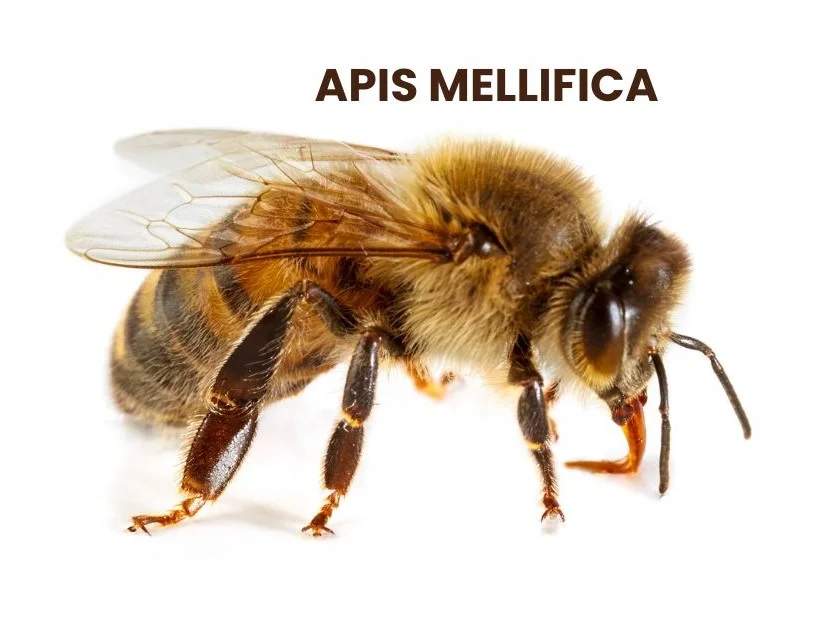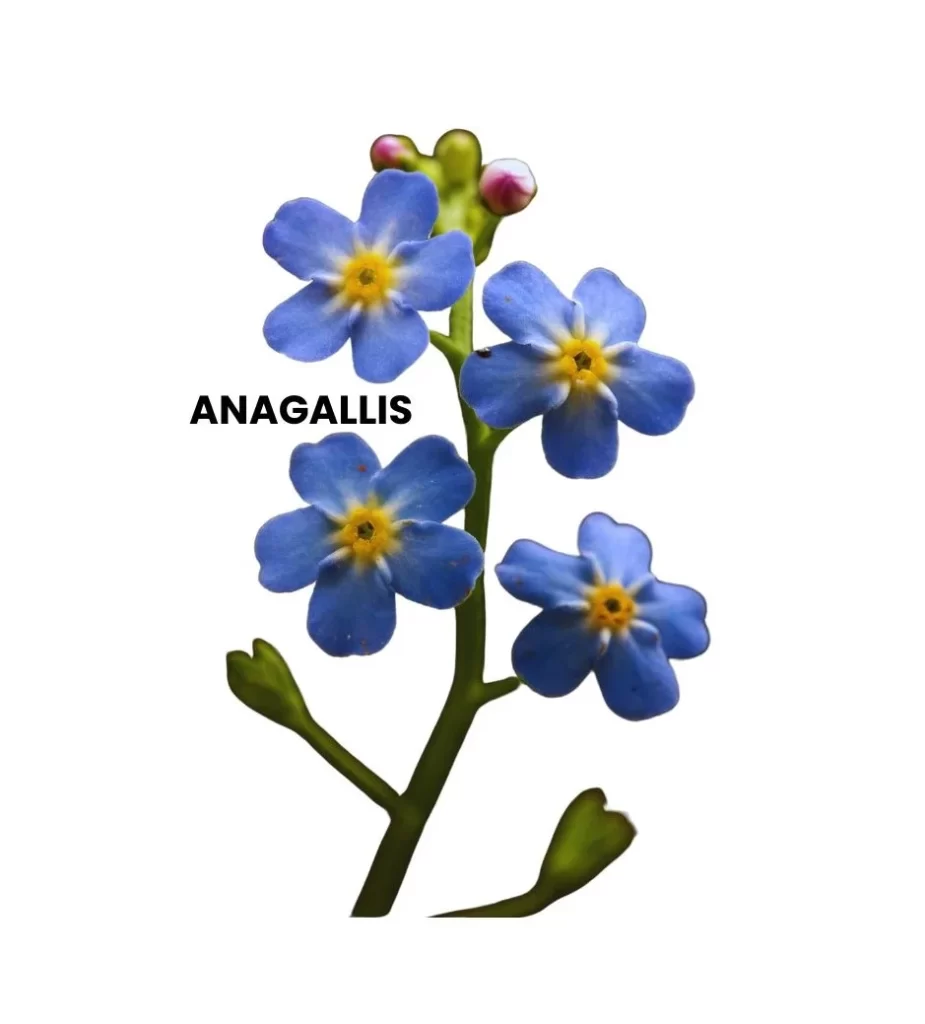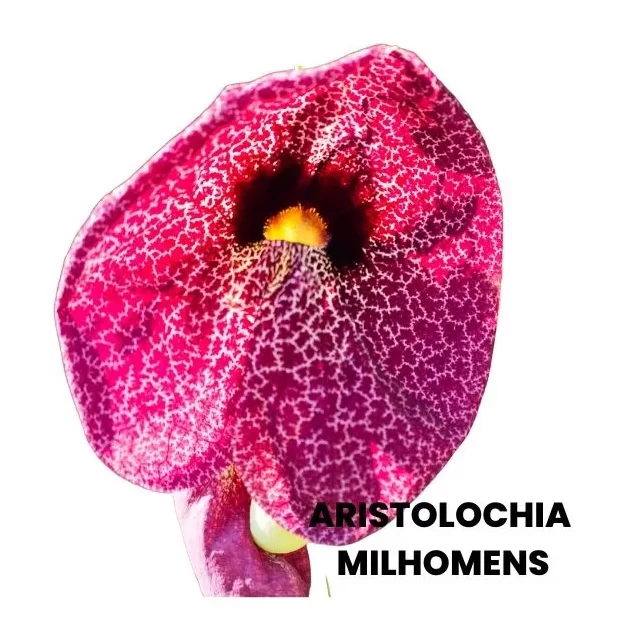
ARISTOLOCHIA MILHOMENS
Aristolochia Milhomens, commonly known as Brazilian Snake Root, is a homeopathic remedy prepared from the plant Aristolochia Milhomens.This remedy is characterized by stitching pains in various body parts and exhibits a range of symptoms affecting the gastrointestinal system, extremities, and skin.
ARISTOLOCHIA MILHOMENS Read Post »

